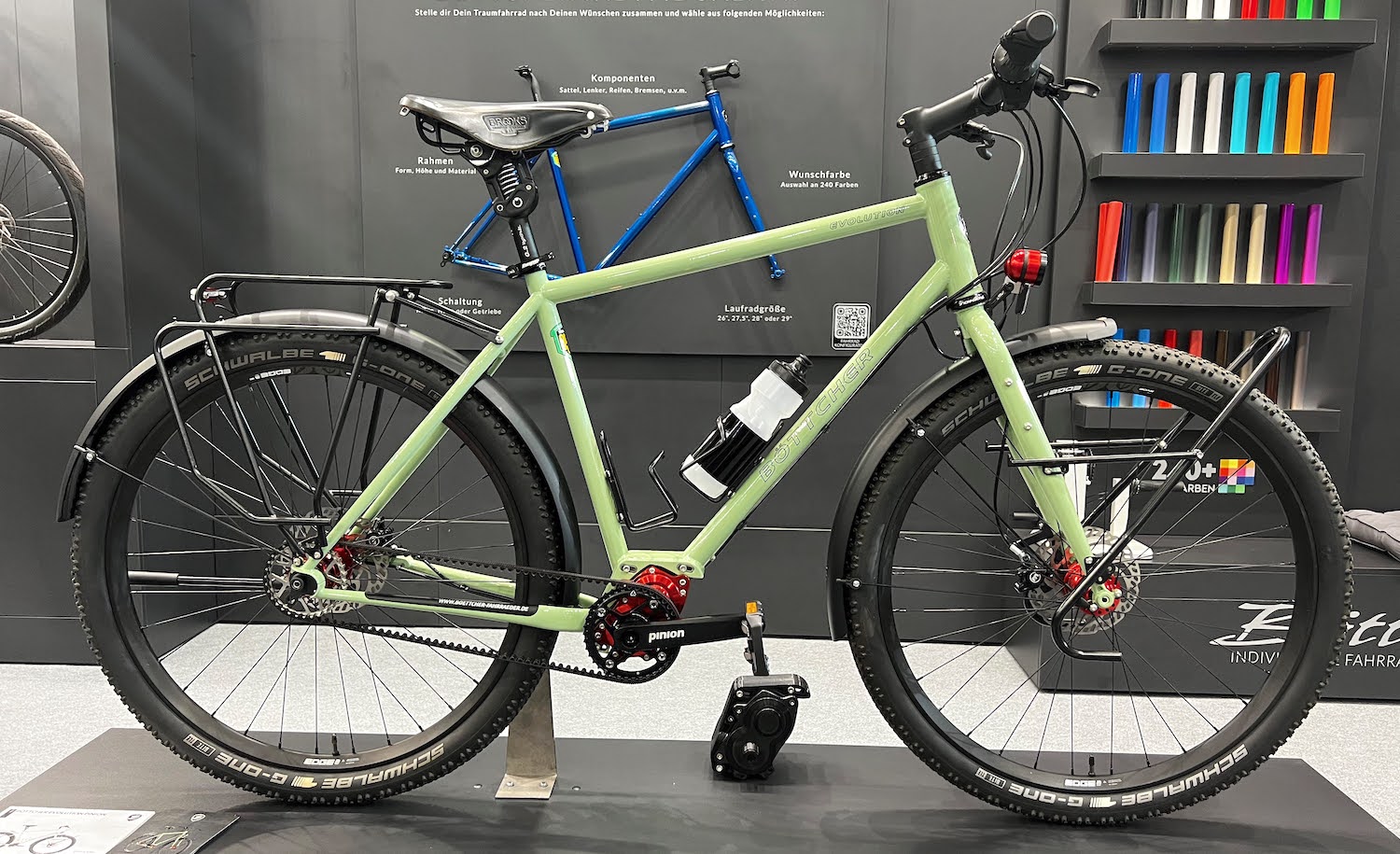Table of Contents
Bikepacking bikes are a relatively new bike category, so it’s not at all surprising to see quite a lot of changes and innovation in this space. I’ve just finished updating the Bikepacking Bike Buyer’s Guide, so I thought I’d round-up some of the biggest bikepacking trends for the new model year!
If you haven’t come across my book before, the front section is a detailed breakdown of the components that make up a bikepacking bike – that’s everything from frame materials, to gear ratios, tyre widths and handlebars. Next is a guide to comparing and selecting the right bikepacking bike for you. And lastly, the detailed listings of more than 190 bikepacking bikes, from gravel bikes, to full-suspension MTBs, to burly fat bikes.
In short, there’s lots of data to play with!
Today we’ll be examining the biggest bikepacking trends for 2020. The first two trends relate to frame geometry, so if you’d like to understand these concepts really well, I’d recommend first taking a read of my frame geometry resource HERE.
Adjustable Fork Rake
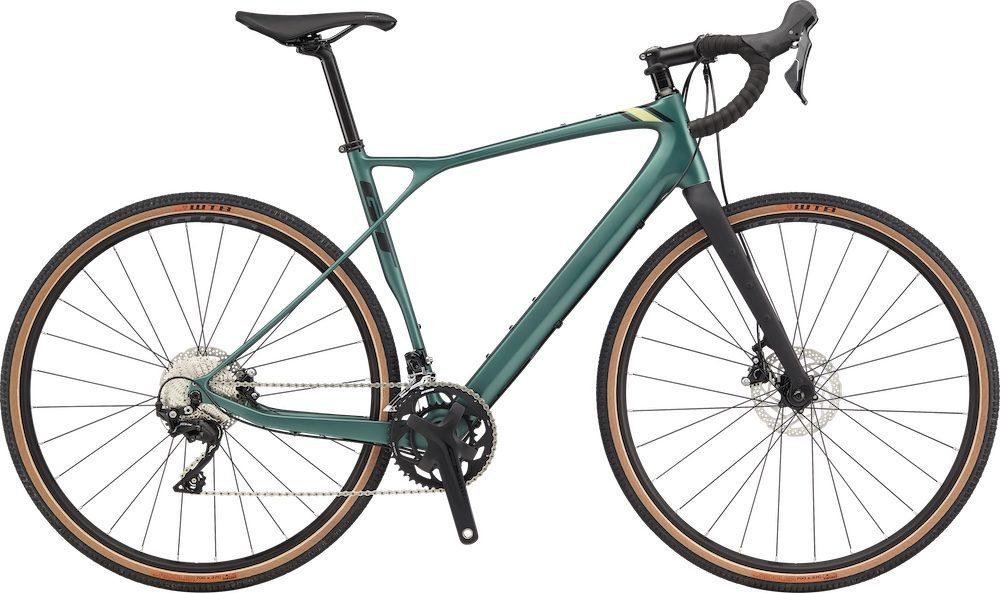
In the last year, we’ve seen a handful of bikes offering forks with an adjustable rake. When we change the rake, we can speed up or slow down a bike’s steering speed. For example, by switching a small chip at the axle, you can adjust the rake between 55 and 70mm on a GT Grade fork (flip chips are 45/55mm, 47/52mm, 46/51mm on other bikes). Using the longer fork rake setting will results in faster steering speeds, while in the shorter fork rake setting, steering will be slow in comparison.
Adjustable fork rake is handy for three reasons:
(1) A small amount of front luggage on the fork or handlebars slows the steering speed. By using a higher fork rake setting, we can speed the steering back up again.
(2) Switching between 27.5″ and 700C wheels also changes the steering speed. We can maintain the same steering characteristics using both 27.5×2.1″ mountain bike wheels and 700x40C road slicks by simply switching between the fork rake settings.
(3) You simply might prefer a faster or slower steering speed on your bike.
Whichever the reason(s) you choose, adjustable fork rakes are a very welcome addition to bikepacking bikes.
Examples: Cervelo Aspero, GT Grade, Kinesis Tripster AT, Rondo Ruut
Long Reach & Short Stems
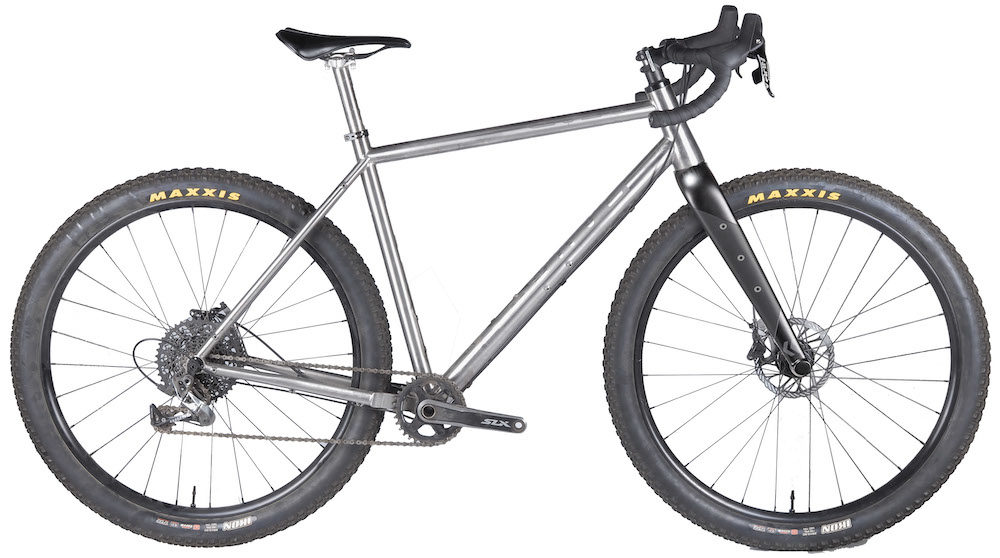
A surprising number of gravel bike manufacturers have increased the ‘reach’ of their frames for the new model year. These bikes have been designed to work specifically with short stems, which is necessary in order to maintain the same distance to the handlebars.
Longer top tubes are actually a great idea for gravel bikes as a longer overall wheelbase will provide more stability on rougher terrain, and the longer front centre provides extra toe clearance from the front wheel. As shorter stems increase the steering speed, manufacturers are using slacker headtube angles to slow the steering speed back to normal.
You’ll often find identical HTAs and stem lengths across all bike sizes in this niche. This results in the same steering characteristics, regardless of whether you’re riding a size small or extra-large. This is not a new idea – mountain bikes have been designed like this for a long time now, but it’s still cool nonetheless.
Consistent HTAs and stem lengths are not without their flaws though – it throws off the front-to-rear weight distribution a little – but realistically, this will go unnoticed once anyone adjusts to the feel of their bike.
Examples: Bjorn Recycled, BMC URS, Canyon Grail, Curve GMX+, Evil Chamois Hager, Fustle Causeway GR1, Knolly Cache, Liteville 4-ONE Mk1, Marin Headlands, Merida Silex, Nukeproof Digger, Rocky Mountain Solo, Saracen Levarg, Whyte Glencoe
Lower Gear Ratios
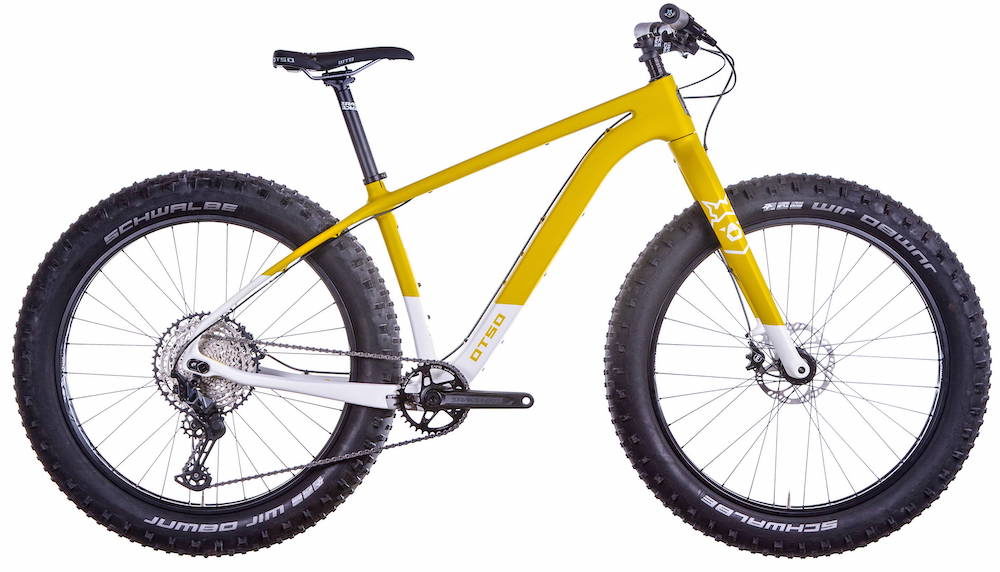
Wider range cassettes for 1X drivetrains and sub-compact cranksets for 2X drivetrains are bringing lower gears to bikepacking bikes. These types of drivetrain components have been around for a few years, however, lower price point products, and additional options from the big drivetrain manufacturers make lower gear ratios more common.
Look out for SRAM SX Eagle and Shimano SLX spec’d on off-road bikes, which are bringing all the low gears you need at reasonable prices. In the gravel bike categories, look for the new Shimano GRX gravel drivetrains, as well as any bike fitted with a 46 by 30 tooth crankset, for budget(ish) climbing gear ratios.
More Mounts!
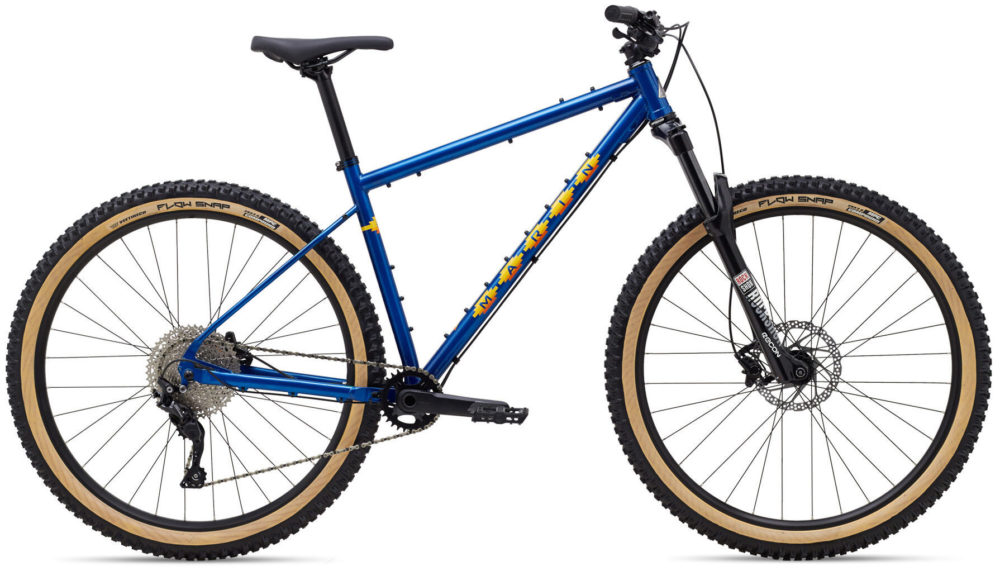
This one goes without saying – bikepacking bikes are getting more mounts. If you look carefully, you’ll find more mounts than ever before on the seat stays, top tubes and down tubes of bikepacking bikes. While 15 tiny nubs inside your frame triangle aren’t exactly pleasing on the eyes (can we call them frame pimples yet?), it’s nice to be able to shuffle your cargo cages and water bottles about the bike until you find the most ideal configuration.
A handful of frames like the Marin Pine Mountain above are offering ample braze-ons for direct mount frame packs too…
Direct Mount Frame Packs
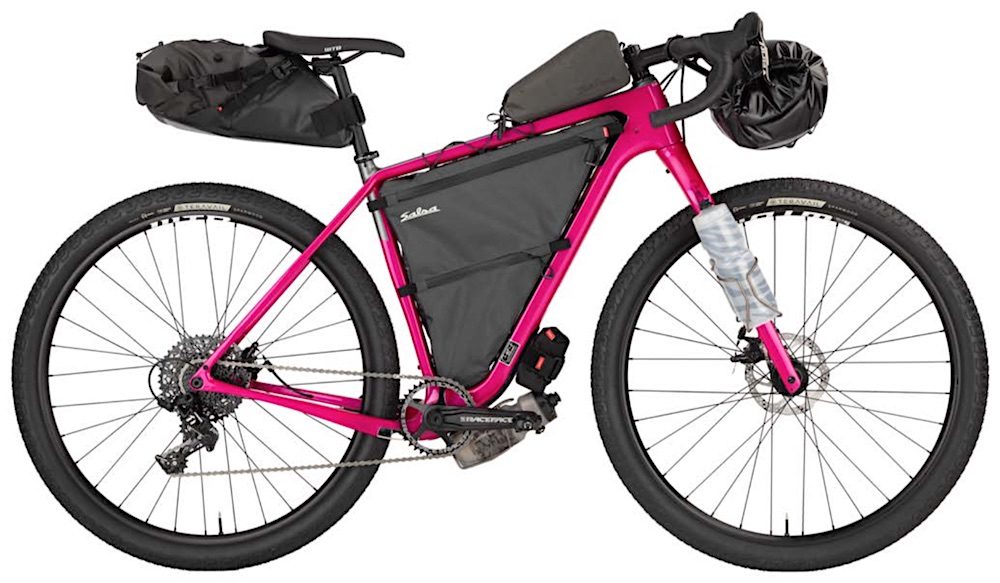
Ok, so this one isn’t really a trend (2-3 bikes), but it’s cool anyway! The V2 update to the Salsa Cutthroat brings the option of fitting one of Salsa’s direct mount frame bags. Salsa offers five perfectly-fitting bags for the five different Cutthroat frame sizes, and the frame packs are installed using special thumbscrews for a quick and tool-free fitment. You can expect to see more bikes go down this route in the coming years.
Carbon Bikepacking Bikes
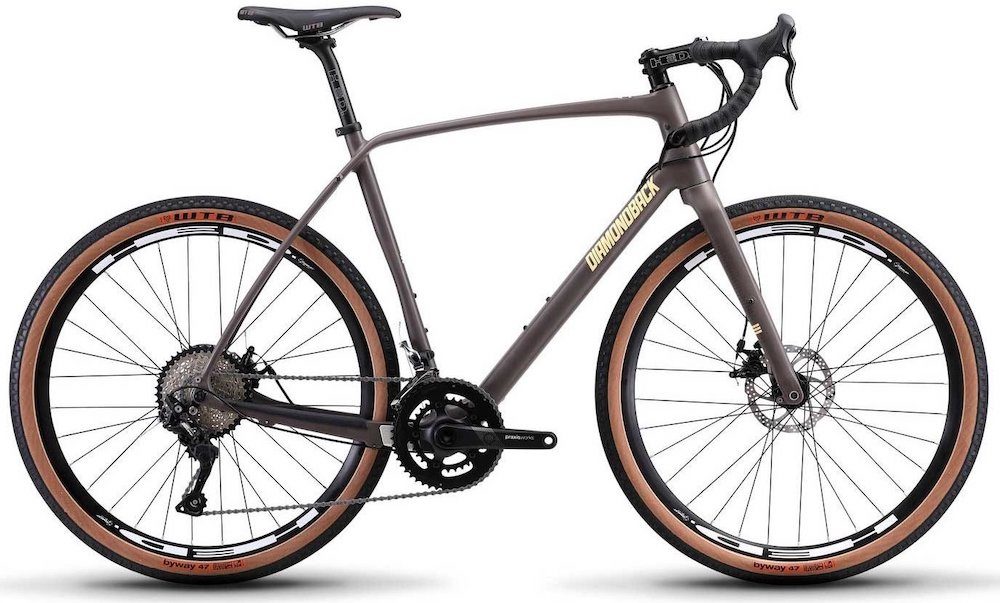
Carbon is actually the most popular frame material amongst 700C Gravel and All-Road bikes in my buyer’s guide. While carbon is generally perceived to not be durable enough for bikepacking, it can actually be engineered to handle the rigours of bike travel just fine. After all, if it can be designed to resist the stresses of enduro and downhill mountain biking, it can probably cope with a few bags too!
The main advantage is a frameset weight reduction of about 50% when compared to steel, which will undoubtedly be noticeable on a fast and light bikepacking setup. And this weight reduction will be even more noticeable when riding around without any luggage.
The downside is that carbon is susceptible to damage from directions of force that it hasn’t been engineered to overcome. This includes tube crushing, side impacts and rear-end damage from sticks getting caught in the wheel. Manufacturers are getting better at mitigating this damage, but carbon bikes still don’t fare as well in crashes.
29×2.6″ Replacing 27.5×3.0″?

In the off-road bikepacking section of my book, you’ll notice quite an array of 29×2.6″ bikes. Many of these models have actually replaced ‘27 plus’ bikes from previous years, which were fitted with three-inch wide tyres.
With a larger wheel diameter but slightly narrower tyre, 29×2.6″ actually works out to have a really similar tyre footprint to a 27.5+ tyre. 29 x 2.6 also experiences less squirm on the trails, it rolls over objects smoother and you can easily swap in some faster-rolling 2.25″ tyres without needing a new whole new wheelset.
The disadvantages include a larger overall wheel diameter which may not suit smaller riders and given 27+ and 29×2.2″ wheelsets can be interchanged on the one bike, there are fewer wheel options for a mix of terrain.
Examples: Kona Unit, Marin Pine Mountain, Salsa Fargo, Salsa Timberjack, Surly Ogre
The Bikepacking Bike Buyer’s Guide Is Updated For Free Every Year, Get Your Copy HERE


